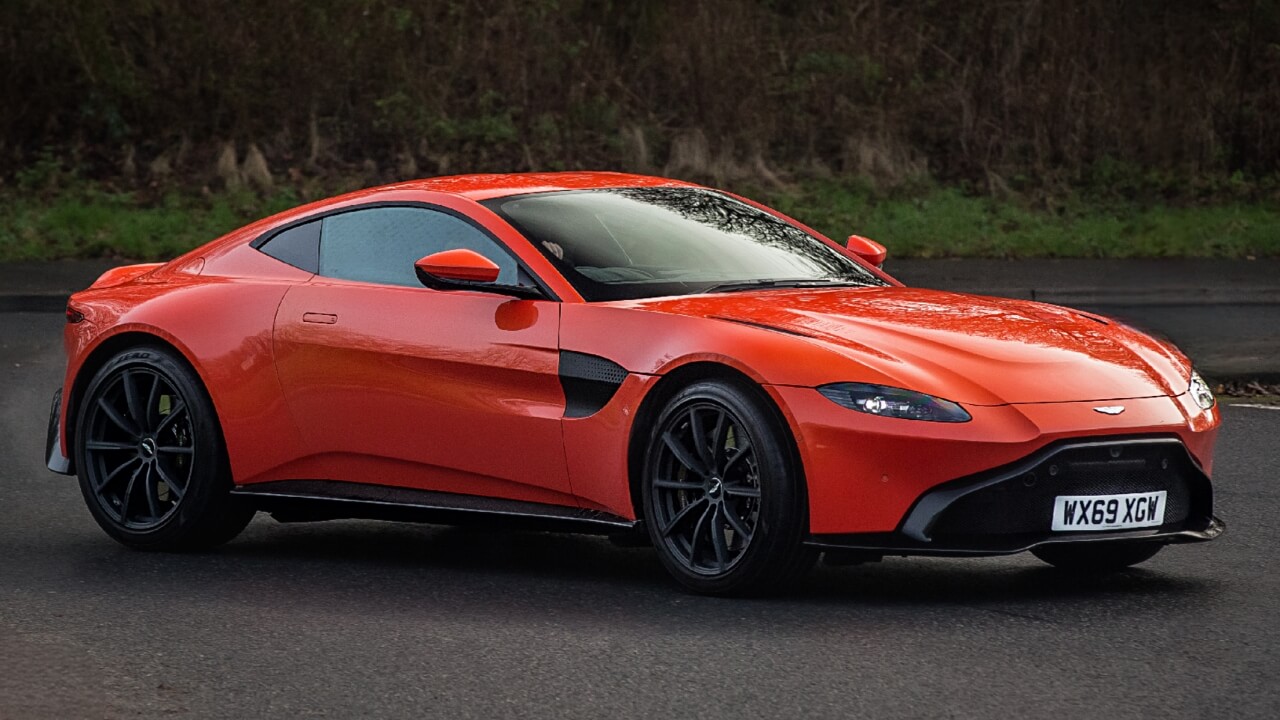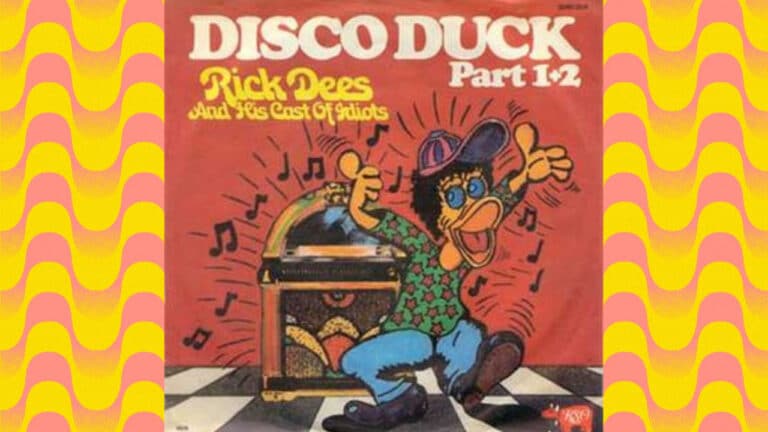13 Cool Facts You Didn’t Know about Aston Martin

When it comes to the luxury British sports car scene, few brands receive as much celebrated recognition as Aston Maritn.
Since its inception in the 1920s, Aston Martin has produced a wide range of high-performance supercars, muscular muscle-rippers, refined luxury cruisers, and even some powerhouse hybrids.
But Aston Martin has a rich and intricate history ripe with heritage. These 13 fascinating facts about Aston Martin all pertain to the company’s origins, revealing just how ahead of the time Aston Martin was from day one.
Founded by Bamford and Martin Way Back in 1913

The predecessor to Aston Martin,’ Bamford & Martin Ltd’ was founded by Robert Bamford and Lionel Martin back in 1913. The name Aston Martin was penned a year later after Lionel Martin crushed Buckinghamshire’s Aston Hill Climb in one of their earliest models.
Aston Martin built the first car, which was officially designated as an Aston Martin, in 1915. By 1920, Aston Martin had relocated to Kensington, and business was booming.
Aston Martin’s First International Race Entry Was the 1922 French Grand Prix

Two short years after Aston Martin’s relocation, they entered a foreign competition for the first time, marking the brand’s first steps into refined racing history, but times were still tough. Financial inconsistencies forced the promising young engineers to close Aston Martin down just three years after they hit the international race circuit.
But there was no doubt about the next-level ingenuity that went into early engineering — a handful of investors got together and bought the company, and Aston Martin Motors Ltd was born. In 1928, the new and improved Aston Martin entered the Le Mans 24-hour race, but that was just the beginning.
Aston Martin Swept Every Podium Place in Its Class at the 1933 Le Mans

By 1933, Aston Martin established its reputation as a progressive force on the sports engineering scene, dominating its class at Le Mans that year. In 1937, Aston Martin produced 140 cars — its highest number pre-war.
The Aston Martin Atom prototype hit the streets in 1939, integrating an independent suspension system way ahead of its time with a “space-frame” chassis. Aston Martin stayed true to the innovation enthusiasm held by its founders.
David Brown Bought Aston Martin in 1947

In 1947, the dominant force of the British race scene changed hands again, with David Brown taking the company’s helm. 1947 also marks the launch of the legendary Aston Martin DB2.
Four years after Mr. Brown took over, Aston Martin scored 2nd and 3rd in its class success at Le Mans. David Brown moved their car production facility to Newport Agnell in 1955. The Aston DB2/4 was the first car to roll out of the new factory.
Aston Martin Won the World Sportscar Championship in 1959

In 1959, Aston Martin’s DBR1 team crushed the World Championship, starting with the Nürburgring 1000k. The DBR1 team also took the title at the Le Mans 24hr.
By Aston Martin’s total reign of the late 50s, the brand had built a reputation for refinement and had quite the fleet, including a DB4. In 1960, the British innovators enhanced their designs to produce their highest-performance car, the DB4GT.
James Bond Drives an Aston Martin DB5 in Goldfinger

The Aston Martin DB5 took the street by storm in 1963. The DB5 was reputed as the most beautiful car in the world in the early 1960s, and by 1964, it was James Bond’s car.
Sean Conery played the popular British spy at the time, and with Goldfinger being Mr Bond’s third time on the big screen, the film was highly anticipated. The DB5 went from being the most beautiful car in the world to the most coveted car on the big screen.
Aston Martin Spent the Late ’60s in Rigorous Product Development

Following the triumph of Mr. Bond’s car of choice, Aston Martin followed up the popular DB5 by launching the DB6 in 1965. Success sparked a period of vitalization at the product development depo, with Aston Martin’s engineers deciding to see what they could do.
In 1966, Aston Martin launched the DB6. The Volante remains a staple of its era, as far as car geeks are concerned. The late ’60s also saw Aston Martin release the DBS, MK2, and DBS V8.
Aston Martin Has Changed Hands Change Again and Again

In 1972, after a period of high innovation and productivity, Aston Martin sold to Company Developments Ltd. But this didn’t fix the financial troubles, in fact things got worse before they got better.
Under Company Development management, Aston Martin entered receivership. A consortium comprised of Peter Sprague, George Minden, and Alan Curtis swooped in and bailed the company out.
Lagonda Was Aston Martin’s Sister Marque and Symbolized a New Era

The first order the new top dogs of Aston Martin put to the pavement was the Lagoda line of cars, an evolution in automotive engineering. The Lagonda brand was a strategic endeavor with its sights set on redefining the old legend for the modern era.
Unfortunately, Lagonda couldn’t save the legacy sports car company, so Victor Gauntlett and Pace Petroleum bought Aston Martin in 1981 to see what they could do with it.
Aston Martin Almost Went Under Multiple Times

As part of their strategy to get out of the hole, new owner Victor Gauntlett invited the Livanos shipping family to join them as fellow investors in 1983. By 1986, the new Aston Martin showed fangs with the V8-powered Vantage Zagato.
Ford Motor Company swooped in a year later and bought 75% of Aston Martin. That same year, the legendary ’87 Volante hit the big screen as the car of a new James Bond via The Living Daylights.
Am Debuted the Virage at the NEC International Motor Show

At this point, Aston Martin was cruising. They released their iconic Virage for the public and set their sites back on track, developing the legendary AMR1, which took sixth place at the World Sportscar Championship.
In 1991, Aston Martin named Walter Hayes its new Chair. ’91 also marked the year Aston Martin started developing one of its most celebrated models.
Ford Took Full Control of Aston Martin in 1993

’93 was a big year in Aston Martin’s history. The legendary Aston Martin DB7 dropped in 1993 as the model to roll out of a brand new production facility in Wykham Mill, Bloxham. More big news from that same year — Ford Motor Company bought the rest of the stakes, and Ford became the sole controller of Aston Martin.
I’m a late 80s baby who grew up in the 90s, and Pierce Bronson will always be my James Bond, and Pierce’s Bond pulled up in style. In both Goldeneye and Tomorrow Never Dies, Bronson’s Bond rocks an Aston Martin DB5. I wonder if that had anything to do with…
Aston Martin Received the Queen’s Award for Export in 1998 and Entered the New Millenium in Style

Under Ford’s leadership, Aston Martin elevated itself into favor with the European elite, climaxing with the Queen’s Award for Export in 1998. And things kept moving.
In 2001, Aston Martin announced that the 5,000 Aston Martin DB7 had left the factory. Drastic technological advances marked the new millennium, and Aston Martin led the trend with the exquisite V12 Vanquish. You may know the Vanquish as Bond’s ride in 2001’s Die Another Day, with Pierce Bronson back at the wheel.





